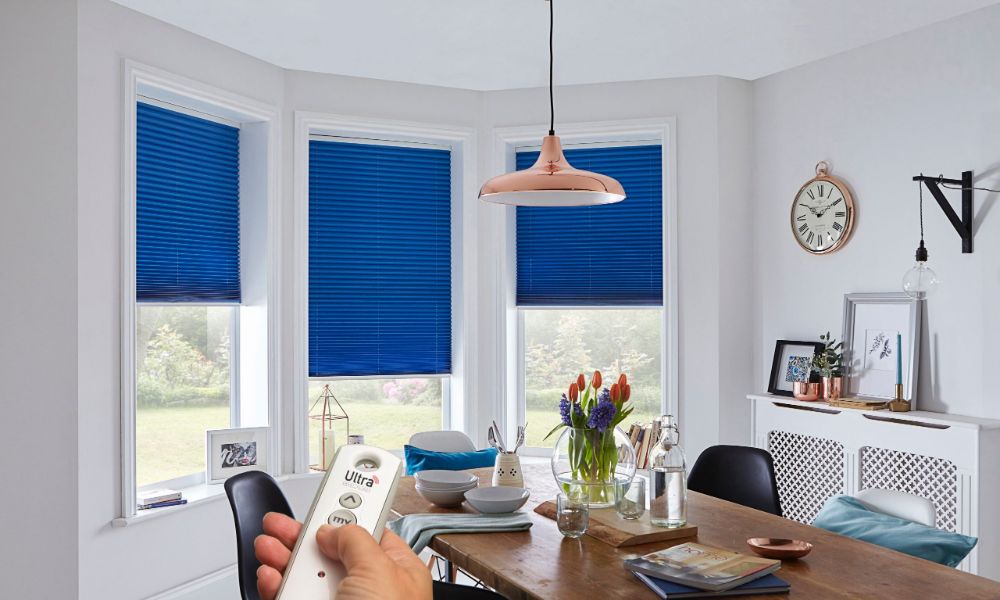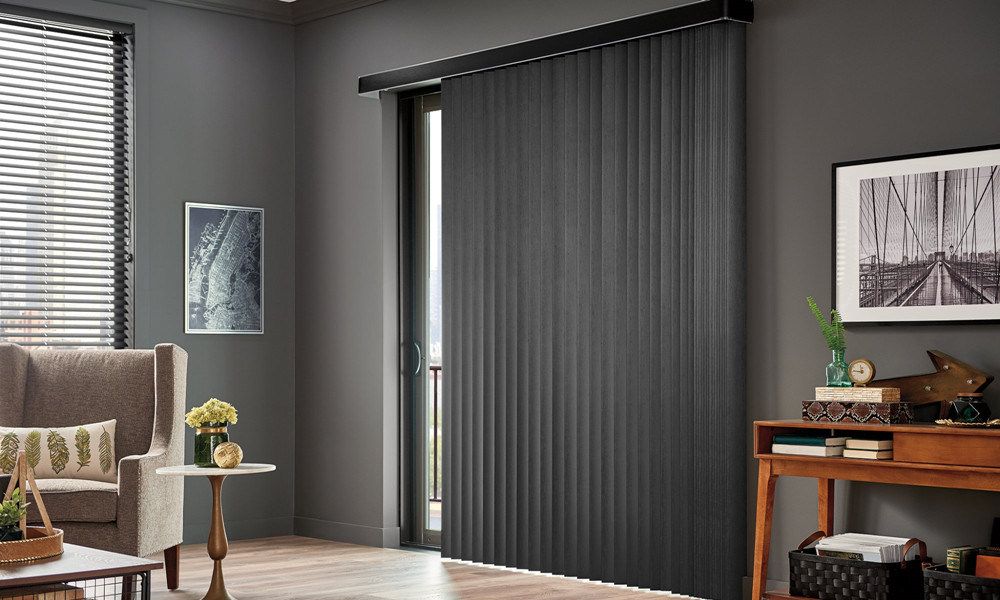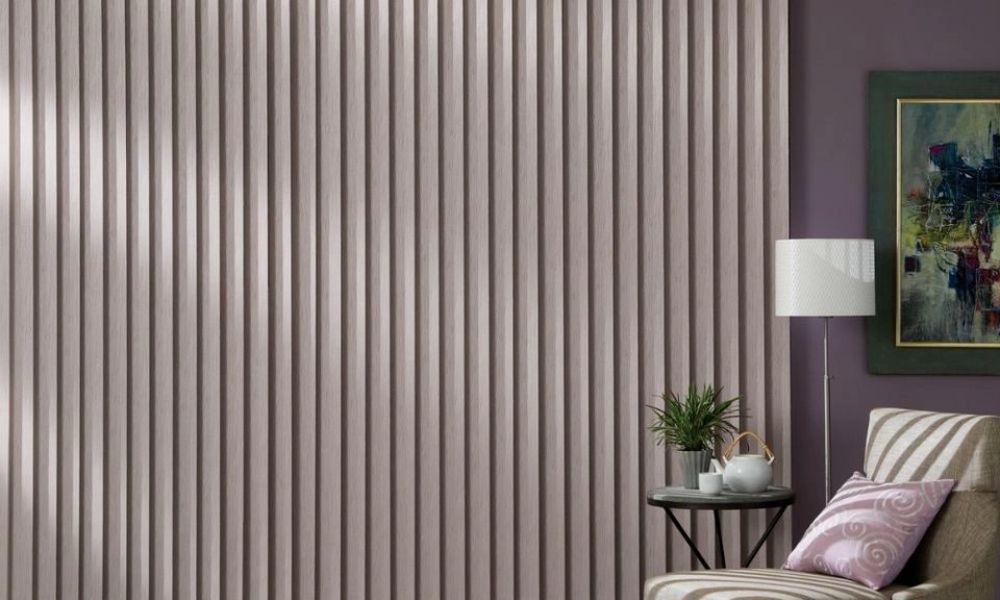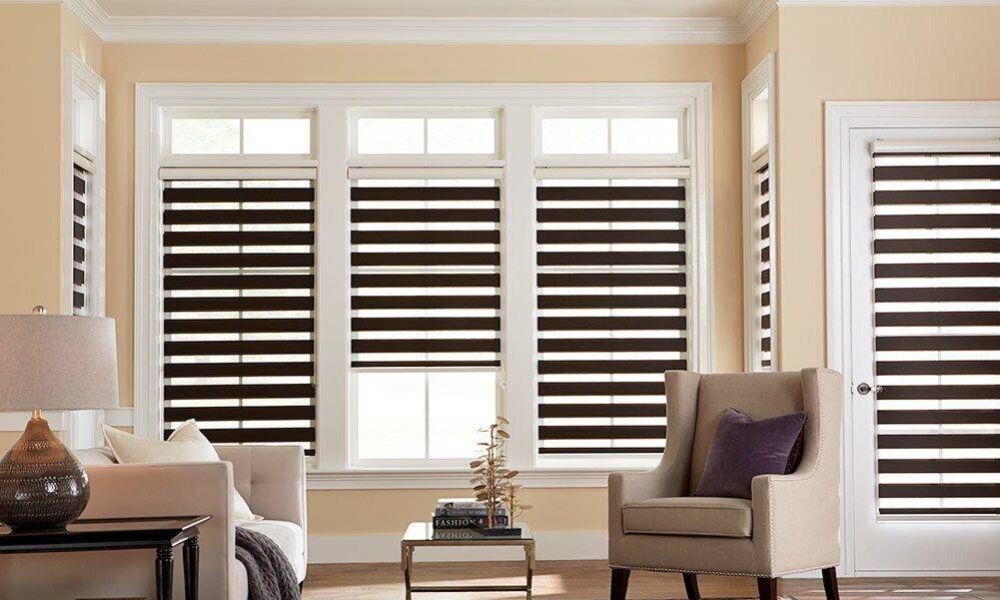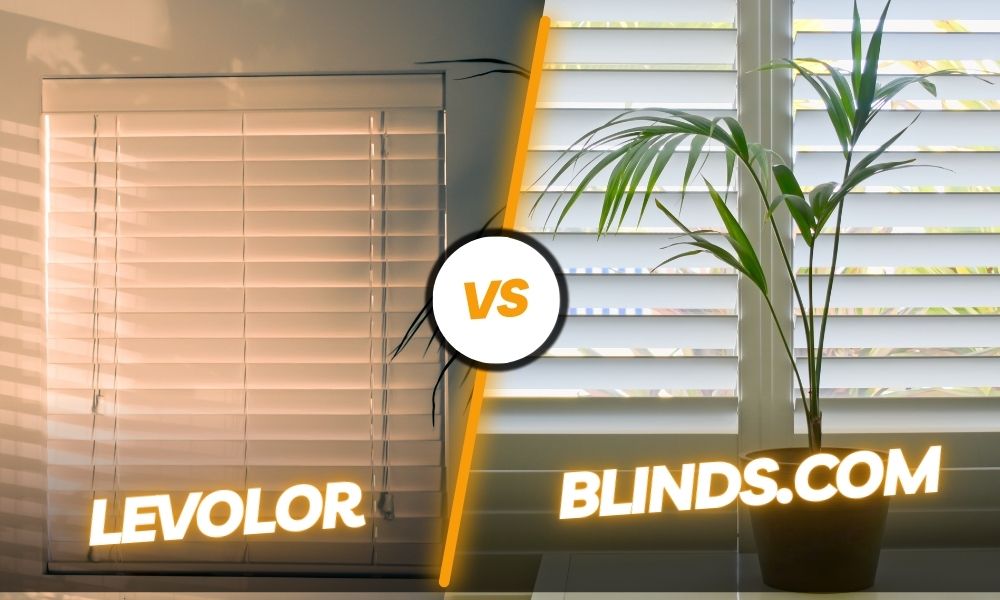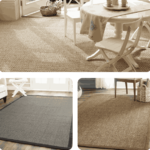When starting a home décor project, there are many options to consider. One confusing topic in particular is “Which way should I close my blinds?” The orientation of closed blinds significantly influences the atmosphere of a space, affecting its appearance as well as its use. Here, we examine the benefits and factors to take into account when choosing between several blind-closing paths, providing insight to anyone considering this design choice.
Ways to Close Your Blinds
Understanding Blind Orientation
It’s important to understand the fundamentals of blind closure before diving into its complexity. Typically, blinds are made of horizontal slats joined together with ropes or strings. It is possible to modify the slats’ orientation to regulate the degree of seclusion and light in a space. There are two main methods for closing blinds: tilting them downward toward the floor or upward toward the ceiling.
Embracing the Upward Lift
When blinds are closed with the slats lifted upward, a room is filled with natural light. This orientation preserves some seclusion while allowing sunlight to softly stream through the top portion of the window. Because of the upward lift’s ability to produce an open and bright ambiance, it’s the perfect option for areas where you want to maximize sunshine without compromising privacy.
Opting for the Downward Tilt
On the other hand, seclusion is emphasized when blinds are closed by tilting the slats downward. By orienting the slats towards the floor, this orientation reduces external view. It’s a great option for places like restrooms or bedrooms where seclusion is crucial. In addition to keeping out direct sunlight, the downward tilt gives the space a warm, welcoming atmosphere.
Considering Your View
Think about the view outside your window while deciding how best to shut your blinds. The upward lift may be the better option if you want to protect a beautiful metropolitan skyline or landscape. This gives you control over incoming light while letting you enjoy the environment. Conversely, the downward tilt helps draw attention inward by hiding less attractive viewpoints.
Managing the Temperature
The orientation of blind people may affect a room’s temperature. By letting sunshine in, the upward raise may help the room warm up organically. Because it captures solar heat, this is particularly advantageous in the winter months. On the other hand, the downward tilt keeps the room cooler by blocking direct sunlight, which is useful in warmer areas or during the summer.
Daytime vs. Nighttime Considerations
The method of closing blinds may be changed depending on the time of day and is not fixed in stone. When the sun is shining throughout the day, the upward lift makes it possible for a well-lit space without sacrificing privacy. Changing to the downward tilt as dusk draws near offers a more private setting without losing contact with the outer world.
Harmonizing with Your Decor
The way blinds are oriented greatly affects a room’s overall design. Since it has an upward rise, it goes well with modern or minimalist interior styles since it gives the impression of being visually open and spacious. The downward tilt, on the other hand, is a complimentary option for classic or intimate interior designs because it emanates a feeling of closeness and intimacy.
Cleaning and Maintenance
When choosing which method to shut blinds, practicality is essential. The upward raise makes the slats’ topside visible, which might more noticeably collect dust. It could be necessary to clean often to keep a spotless look. For individuals looking for a low-maintenance solution, the downward tilt might be a sensible choice since it directs dust towards the floor.
Finding the Perfect Balance
A variety of techniques are available for regulating the amount of light in a room with blind orientation. You can precisely adjust the upward lift to strike the ideal balance between privacy and light. Even though the downward tilt blocks out direct sunlight, it allows soft, diffused light to get in and creates a calm atmosphere.
Customizing for Different Windows
There may be differences between each window in your house that affect how to shut blinds. When choosing a window, take into account its dimensions, form, and orientation. While smaller or more secluded areas may lean toward the downward tilt for additional privacy, larger windows may benefit from the upward raise to boost natural light.
Energy Efficiency
The way your blinds are oriented might affect how energy-efficient your house is. By using the upward lift to capture natural light, less artificial lighting is required throughout the day, which might result in a reduction in energy use. Moreover, controlling solar heat intake or loss using blinds helps to regulate interior temperatures, improving energy efficiency overall.
Personal Preference: Your Home, Your Rules
Which method of closing the blinds is best depends mostly on personal choice. Every orientation offers benefits, and the best option will rely on your own preferences, the purpose of the space, and your demands. Try out both approaches to see which fits your lifestyle the best and improves the environment in your house overall.
End Note!
The best technique to shut blinds is a complex issue that requires weighing a number of considerations, including practicality, aesthetics, and light management. You may improve the practicality and aesthetics of your living areas while also making decisions that suit your tastes by being aware of the advantages of both the upward lift and downward tilt. Whether you choose solitude over openness to natural light, the tasteful closing of your blinds adds to the overall atmosphere of your house.


